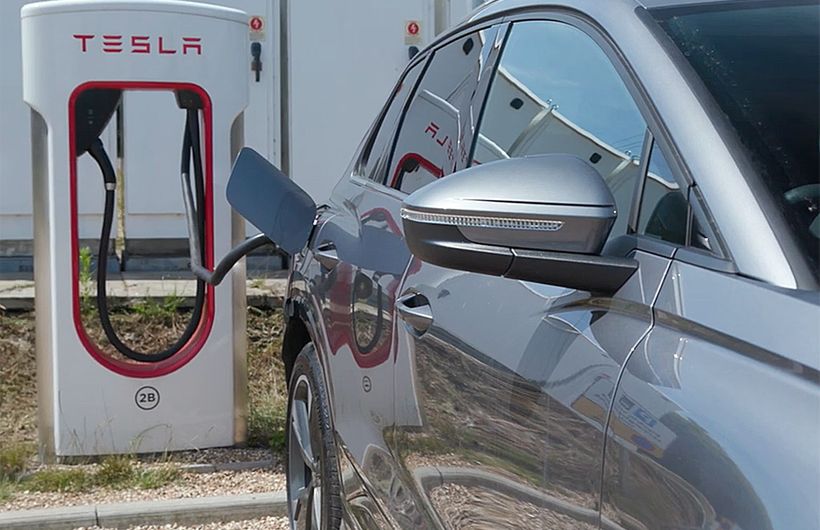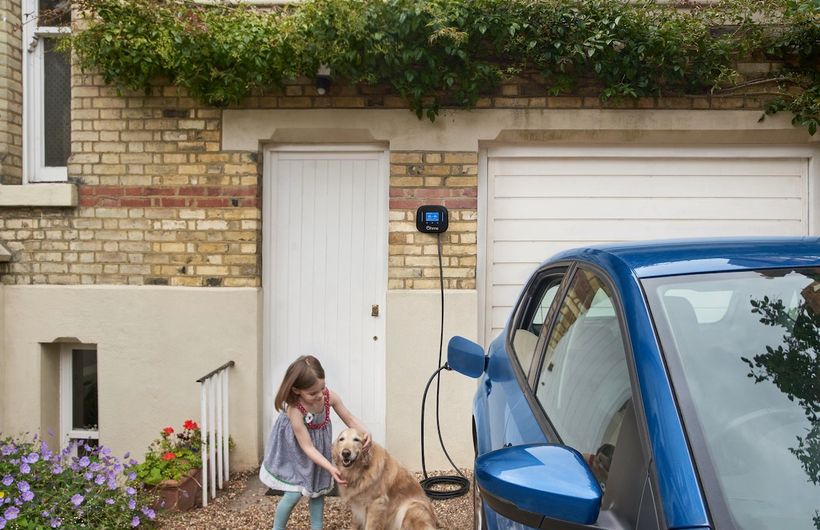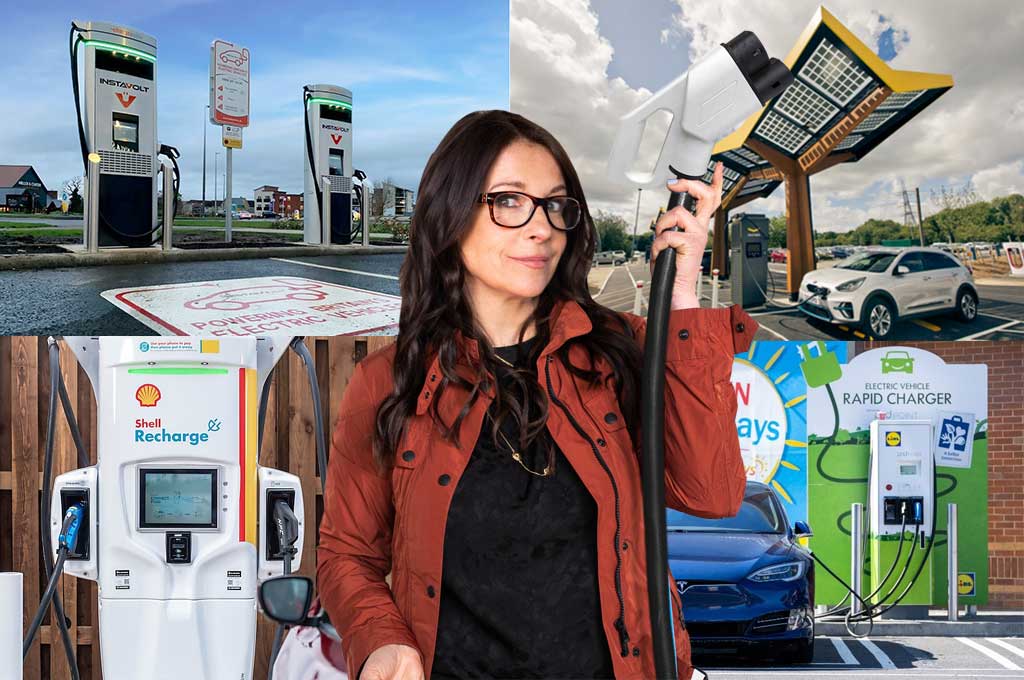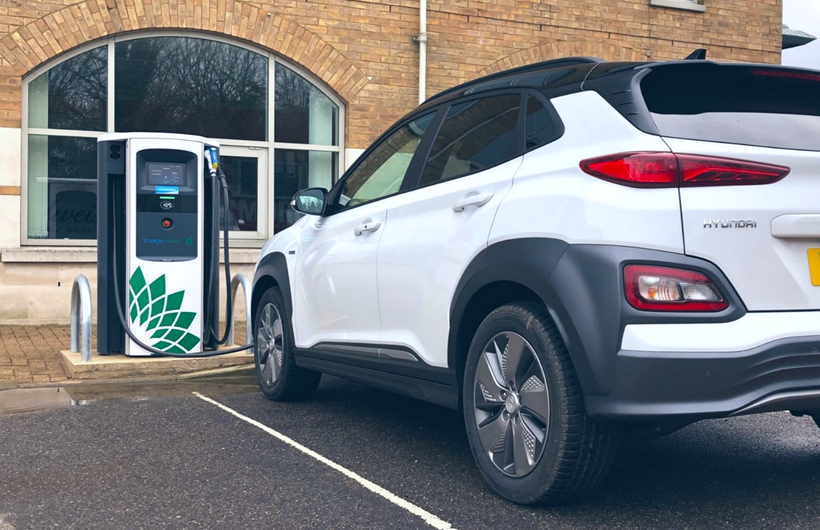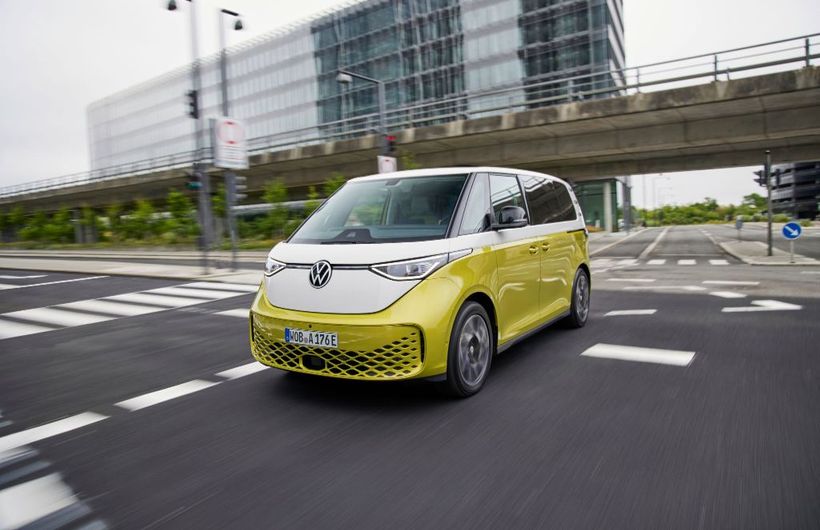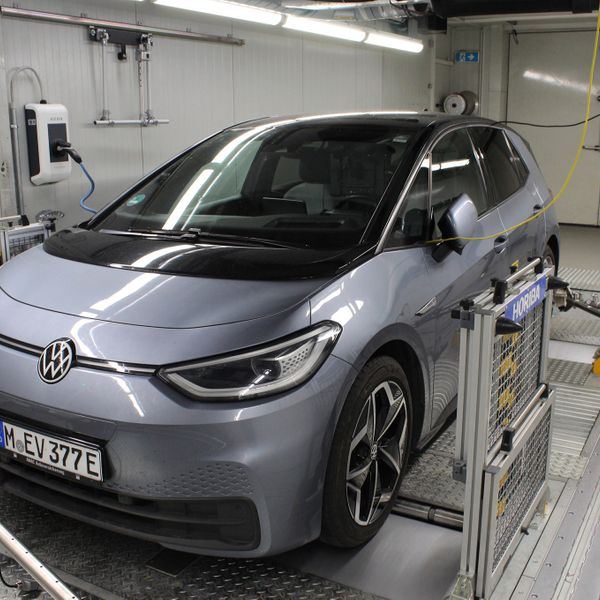The RAC has said that the cost of charging an electric car has surged due to the rise in energy prices, prompting fears it will put off drivers from buying them. It said owners who use "rapid" public charging points were paying almost the same for electricity as they would for petrol per mile. So let’s put this all into context and explain what it means for you.
Are charging costs going up?
Just as we have all had to pay more for our energy at home, the companies who provide public chargers have seen their costs rise too. In fact, they have had it even worse than domestic customers as there is currently no government-imposed cap on the prices charged to businesses.
As a result, charging operators have been steadily putting prices up over the past year. The highest currently charged is £1.00 per kWh at Osprey chargers, compared to 49p as recently as July. Non-Tesla drivers using the Supercharger network are also being hit hard with a price of 77p per kWh.
Overall the average cost of charging your electric car on the public network is now 56p.
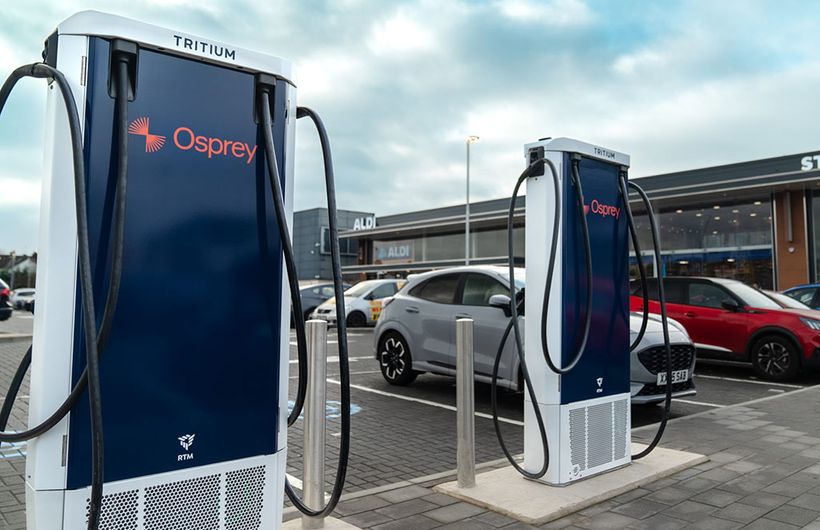 Osprey's network is now the most expensive way to charge, at a whopping £1 per kWh
Osprey's network is now the most expensive way to charge, at a whopping £1 per kWh 







